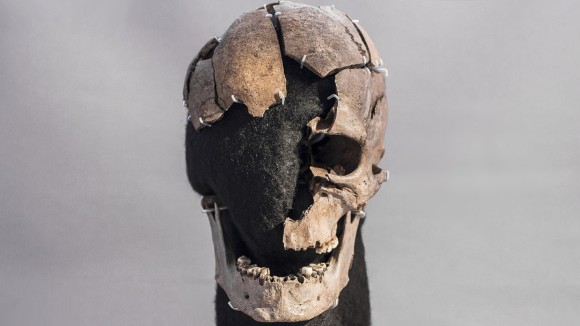Let’s dive into the intriguing tale of Vittrup Man, an ancient figure whose story unveils the complexities of prehistoric Europe. Born over 5,000 years ago among Mesolithic hunter-gatherers in northern Scandinavia, Vittrup Man’s life took an unexpected turn when he ventured to Denmark, where he met a tragic fate in a bog.
Discovered in the early 20th century, Vittrup Man’s remains reveal a violent end, marked by severe injuries inflicted by a blunt object. Recent research has brought forth new insights into his background and journey, particularly regarding his ancestry and migration.
Surprisingly, genetic analysis indicates that Vittrup Man was linked to hunter-gatherer communities in Norway and Sweden, rather than the farming societies prevalent in Denmark at the time. Isotopic analysis of his bones and teeth suggests a childhood spent along coastal regions, subsisting on a diet rich in seafood before transitioning to inland resources as he grew older.
The circumstances surrounding Vittrup Man’s relocation to Denmark remain a subject of speculation. Some suggest he may have been captured and enslaved, while others propose he served as a mediator between farming and hunter-gatherer groups, facilitating trade and cultural exchange.
Despite the violence of his demise, Vittrup Man’s story offers valuable insights into the diverse cultural and genetic landscape of prehistoric Europe. His unique features, such as blue eyes and a darker complexion, hint at the complex tapestry of ancient populations.
As researchers continue to delve into Vittrup Man’s narrative, we gain a deeper understanding of Europe’s transition from hunter-gathering to agricultural societies. His life and death serve as poignant reminders of the intricate web of human history, shaping the course of civilizations past.















































